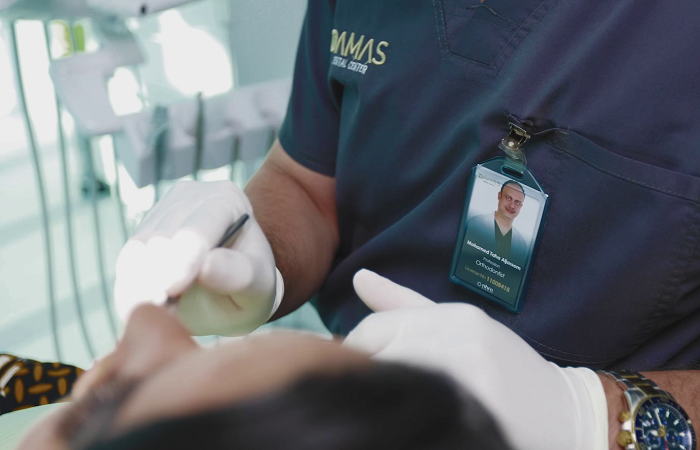What Exactly Is
Orthodontic procedures?
Orthodontic procedures involve a series of steps to assess, plan, and execute treatment to correct dental and facial irregularities. Here is an overview of the general procedures involved in orthodontic treatment:
1. Initial Consultation:
The first step is an initial consultation with an orthodontist. During this visit, the orthodontist will examine your teeth, jaws, and facial structure. They may take X-rays, photographs, and impressions of your teeth to assess your specific orthodontic needs.
2. Treatment Planning:
Based on the diagnostic records, the orthodontist will develop a comprehensive treatment plan tailored to your specific requirements. They will discuss the treatment options available to you, explain the benefits and potential risks associated with each approach, and address any questions or concerns you may have.
3. Placement of Orthodontic Appliances:
Once you and your orthodontist have decided on a treatment plan, the next step is the placement of orthodontic appliances. This may involve bonding brackets onto your teeth or fitting clear aligners, depending on the chosen treatment modality. The orthodontist will ensure that the appliances are properly positioned for effective tooth movement.
4. Adjustment and Monitoring:
Throughout the treatment process, regular adjustment appointments will be scheduled. These appointments allow the orthodontist to make necessary adjustments to the appliances, such as tightening wires, changing aligners, or modifying brackets, to guide the teeth into their desired positions. The frequency of adjustment appointments varies based on the treatment plan.
5. Oral Hygiene and Maintenance: Good oral hygiene is essential during orthodontic treatment. Your orthodontist will provide instructions on how to clean your teeth and orthodontic appliances effectively. It is crucial to maintain a consistent oral hygiene routine to prevent tooth decay, gum problems, and white spot lesions.
6. Treatment Completion and Retention: Once the desired tooth movements have been achieved, the active phase of treatment will come to an end. At this stage, the orthodontist will remove the appliances and evaluate the final results. To maintain the new tooth positions, a retention phase follows. Retention typically involves the use of retainers that can be removable or fixed to help stabilize the teeth in their new positions.


7. Follow-up Visits: After completing orthodontic treatment, follow-up visits will be scheduled to monitor the stability of your results and ensure long-term success. These periodic check-ups allow the orthodontist to address any concerns that may arise and make any necessary adjustments or recommendations.
It’s important to note that the specific procedures involved in orthodontic treatment may vary depending on the individual case and the chosen treatment approach. Your orthodontist will guide you through each step of the process and provide personalized care to help you achieve a healthy, aligned smile.




